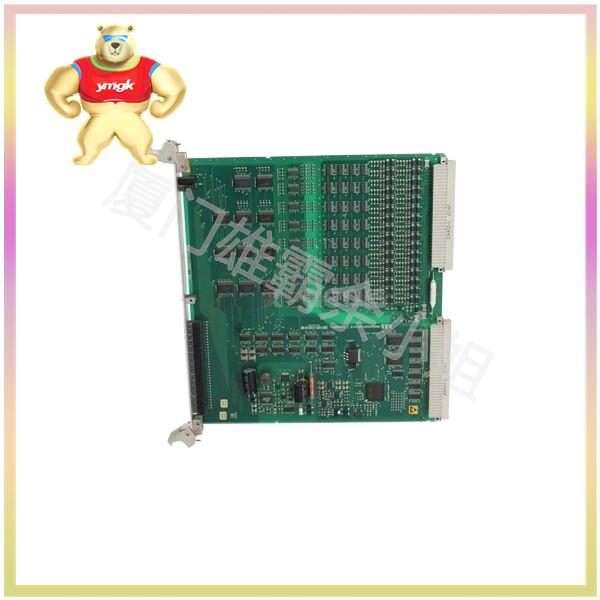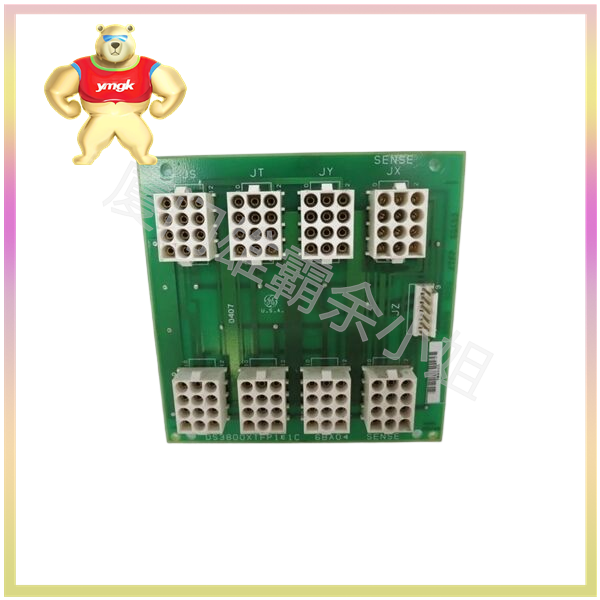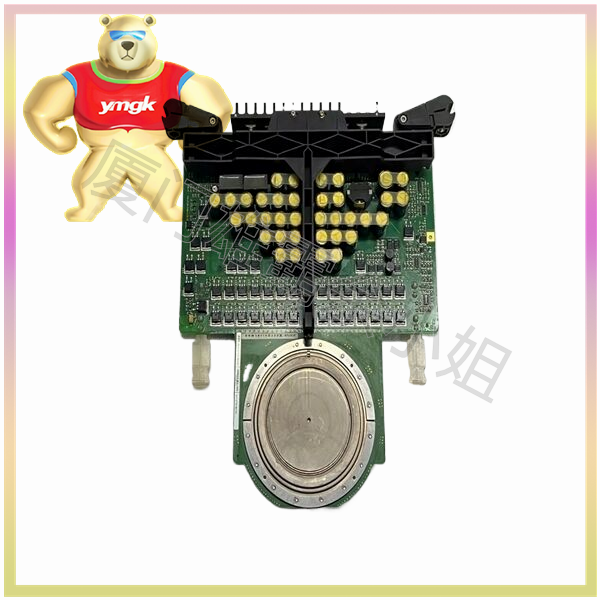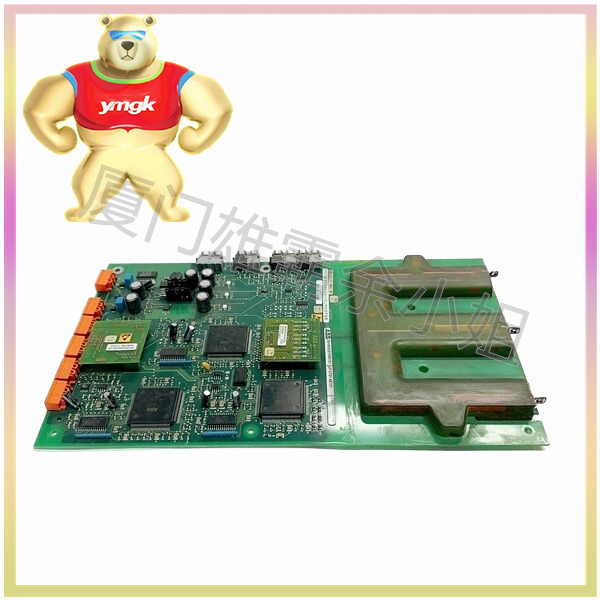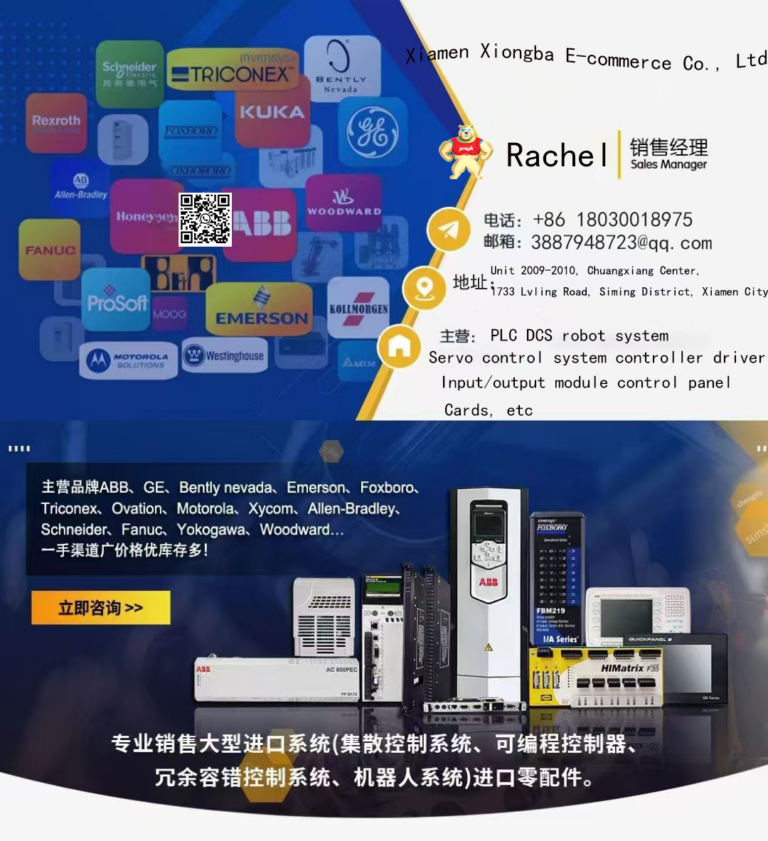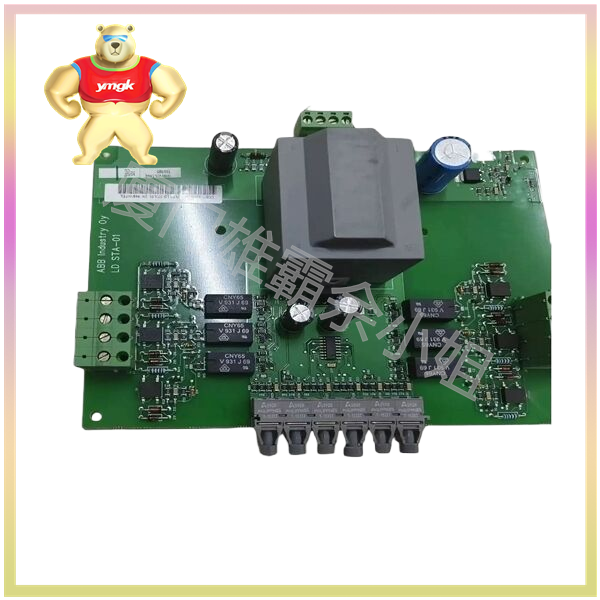a Programmable Logic Controller (PLC) is an electronic device that uses a programmable memory to perform various functions such as counting, timing, logic, etc. by monitoring the states of input continuously to control various machines & process.
PLC Components
A PLC has the following components
Power Supply
CPU
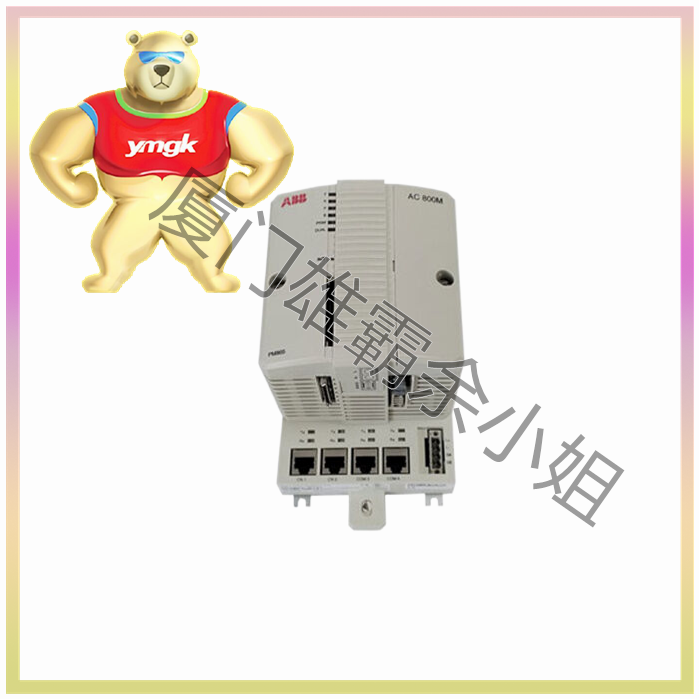
Input-Output Module
Communication
Redundancy
(1) Power supply: Just like any other electronic and electrical equipment, PLC also needs the power to run the primary components of PLC. Most of the PLC controllers either run with 24 VDC or 240 VAC. Power supply systems also monitor and regulate the voltage they are getting from the power source.
(2) Central Processing Unit (CPU): Central Processing Unit (CPU) is considered as the heart of the PLC system. The CPU will perform various logic functions and data manipulation and this will be done with the input/output section. This component will help the PLC to communicate with computers, field devices, and can also communicate with other PLCs.
Different Operating Modes
The different operating modes of PLC CPU are
Run
Program
Remote
Run Mode: The program execution and sending relevant commands to the output devices is performed in this mode. But we cannot change the mode of the processor by using the programmer/operator interface in this model.
Program Mode: In this mode, the processor will be prevented from scanning or program execution and controller output will not be enabled. In this mode it is possible to modify and insert programs.
Remote Mode: In this mode, we can change the processor mode with the help of the programmer/operator interface. We can also run all the modes in remote mode like Remote Run, Remote program, or Remote test mode.
(3) Input/Output (I/O) modules: These modules allow the processor to communicate with various field devices connected in PLC. Analog Input Module, Analog Output Module, Digital Input Module, Digital Output Module, and so on are examples of these modules.
These are used to connect devices like flow transmitters, pressure transmitters, control valves, analyzers, and substation feeders for motor control between the plc and the field.
(4) Communication: Modules for a wide range of industry-standard communication network connections are offered. These enable digital data flow between PLCs and other facility systems.
Modbus communication cards and serial communication are the most widely used modules.
Rather than using separate modules, some PLCs have communications functionality built into the processor.
(5) Communication Protocols : Ethernet, Ethernet/IP, and DeviceNet are the most common “open” communication protocols in PLC.
“Open” systems typically include “plug and play” features in which the system software recognizes and communicates with any compatible device that is connected to it.
Modbus, Profibus, and ControlNet are three other extensively used open protocols.
(6) Redundancy: Many PLCs may be set up to run in a redundant mode, with one processor backing up the other.
A redundancy module, which offers status confirmation and control assertion across the processors, is frequently required for this setup. There’s also the possibility of signal wiring to redundant racks.

